
Kod: 12709394
Process development for ZrO2-ZrSiO4/NiCr functionally graded materials
Autor Kangjian Wu
Summary of the work Metal-ceramic functionally graded materials (FGMs) are promising candidates for future high-temperature applications, with the ceramic component offering thermal barrier effects and protecting the metal from me ... więcej
- Język:
 Niemiecki
Niemiecki - Oprawa: Miękka
- Liczba stron: 150
Wydawca: Shaker Verlag, 2013
- Więcej informacji o książce

Zobacz książki o podobnej tematyce
-

Villa Paletti
155.20 zł -

Der Papalagi
52.20 zł -8 % -

VON JENEN DIE UM FREIHEIT KÄMPFEN - GLOBAL DAWN 2 Transhumanismus (SPECIAL EDITION)
180.80 zł -

Dänemark
73.68 zł -5 %
Powiadomienie o dostępności
Wpisz swój adres e-mail, aby otrzymać od nas powiadomienie,
gdy książka będzie dostępna. Proste, prawda?
Więcej informacji o Process development for ZrO2-ZrSiO4/NiCr functionally graded materials
 Opis
Opis
Summary of the work Metal-ceramic functionally graded materials (FGMs) are promising candidates for future high-temperature applications, with the ceramic component offering thermal barrier effects and protecting the metal from melting and oxidation, while the FGMs are strengthened by the metallic component. In previous works, it has been proved that ZrO2-ZrSiO4/NiCr FGMs of thermal barrier type possess significantly higher oxidation resistance as compared to conventional ZrO2/NiCr FGMs. Moreover, it was also found that thermal mismatch stresses in pressurelessly sintered ZrO2-ZrSiO4/NiCr FGMs vanish at high temperatures. In the present study, further efforts were given with the aim to develop pressureless sintered ZrO2-ZrSiO4/NiCr FGMs based on two different microstructural concepts. On the one hand, five-layered ZrO2-ZrSiO4/NiCr FGMs with a stepwise gradient were prepared via slip casting by pressureless sintering with a shrinkage matching process. Shrinkage behavior of the constituent layers of FGM was matched based on the strategy of reducing the mismatches of shrinkage rate between the adjacent layers by a systematic adjustment of the ZrSiO4 inclusion content and the particle size of ZrO2 matrix. By ultilizing this strategy, ZrO2-ZrSiO4/NiCr FGMs without any sintering defects were obtained. The prapared FGMs were further investigated with respect to their microstructures, mechanical, thermal properties and high temperature oxidation behavior. Bending strength and Young's modulus of the individual layers of FGM depend not only upon relative density, but also upon phase connectivity of metal and the amount of ZrO2/NiCr interface. Coefficients of thermal expansion of the individual layers are lower than calculated theoretical values, due mainly to the relatively low phase connectivity of metal in the metal-ceramic composite layers. The prepared FGMs exhibit superior thermal barrier effects due to the existence of a huge amount of interfacial microstructural defects as thermal resistance in the ceramic-rich side of FGM. In addition, oxidation kinetics of the individual layers decreases with increasing volume fraction of metal, due mainly to the increasing phase connectivity of metal and corresponding increasing fracture toughness of the layers, which also governed the crack pattern caused by the volume expansion of NiCr particles during oxidation. On the other hand, attempts were made to integrate an isotropic NiCr foam with hollow struts as an interpenetrating metallic preform into the five-layered ZrO2-ZrSiO4/NiCr FGM. By integrating the NiCr foams, several property improvements for the ZrO2-ZrSiO4/NiCr FGMs were expected: (1) Improvement of fracture toughness of FGM, especially for the relatively brittle ceramic-rich side of FGM; (2) Reductions in mismatch of thermal expansion between the ceramic- and the metal-rich sides of FGM and resulting thermal mismatch stresses generated during thermal cycling; (3) Improvement of strain tolerance and thermal shock resistance of FGM by introducing the hollow space inside foam struts. From the processed FGMs with an integrated NiCr foam, however, partially debonded metal-ceramic interfaces were observed, due mainly to the low bonding strength between ZrO2 and NiCr phases.
 Szczegóły książki
Szczegóły książki
Kategoria Książki po niemiecku Naturwissenschaften, Medizin, Informatik, Technik Technik Technik - Sonstiges
- Pełny tytuł: Process development for ZrO2-ZrSiO4/NiCr functionally graded materials
- Autor: Kangjian Wu
- Język:
 Niemiecki
Niemiecki - Oprawa: Miękka
- Liczba stron: 150
- EAN: 9783844021721
- ISBN: 3844021728
- ID: 12709394
- Wydawca: Shaker Verlag
- Waga: 217 g
- Wymiary: 208 × 146 × 15 mm
- Data wydania: 06. September 2013
Ulubione w innej kategorii
-

Just Enough Research
170.86 zł -
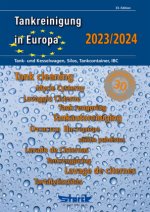
Tankreinigung in Europa 2023/2024
115.44 zł -
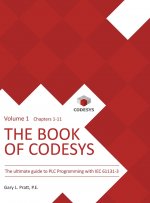
Book of CODESYS - Volume 1
1071.49 zł -
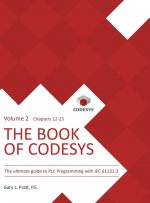
Book of CODESYS - Volume 2
1017.08 zł -

SMART IRRIGATION SYSTEM USING IOT
225.17 zł -
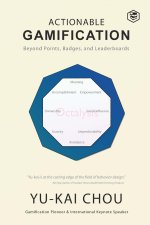
Actionable Gamification - Beyond Points, Badges, and Leaderboards
199.67 zł -

Der Möbelbau
153.09 zł -5 % -

Britannic - Schiff der tausend Tage
61.93 zł -4 % -
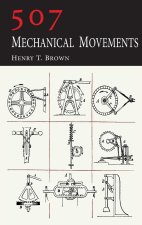
507 Mechanical Movements
73.18 zł -

Deutschlands UFO-Akten
121.67 zł -4 % -

Stirling Freikolben Motoren
130.20 zł -
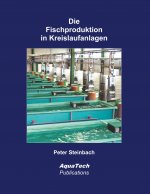
Die Fischproduktion in Kreislaufanlagen
316.03 zł -4 % -
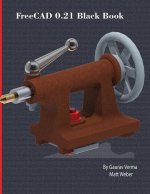
FreeCAD 0.21 Black Book
296.35 zł -
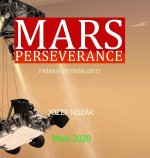
Mars Perseverance
144.76 zł -
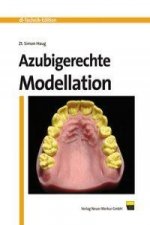
Azubigerechte Modellation
106.71 zł -

Stahlbau-Praxis nach Eurocode 3
406.68 zł -

Basiswissen Baudynamik
194.55 zł -
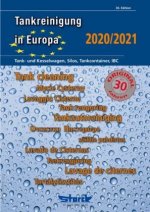
Tankreinigung in Europa 2020/2021
99.38 zł -

Ethical Hacking
82.11 zł -4 % -

Ethical Hacking Beginner
94.46 zł -
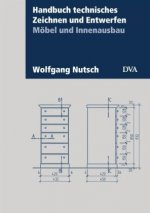
Handbuch technisches Zeichnen und Entwerfen
169.05 zł -4 % -

Tankreinigung in Europa 2021/2022
113.44 zł -

Compact Cassetten & Recorder - Vom Holzklotz bis zum Nakamichi Dragon
26.89 zł -28 % -
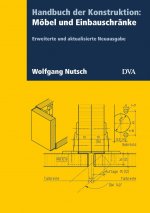
Handbuch der Konstruktion: Möbel und Einbauschränke (FB)
206 zł -

Mathematik, 1
259.71 zł -
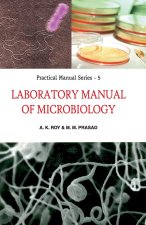
Laboratory Manual of Microbiology
275.77 zł -

Construction materials for civil engineering
159.92 zł -

Construction methods for civil engineering
118.55 zł -
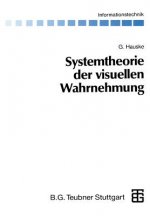
Systemtheorie der visuellen Wahrnehmung, 1
259.71 zł -
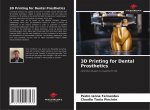
3D Printing for Dental Prosthetics
190.54 zł -

Submarine Propulsion – Muscle Power to Nuclear
90.85 zł -14 % -

Friction, Lubrication and the Lubricants in Horology
50.79 zł -

Diamond Drilling
197.06 zł -

Ultrasonic Testing interview Questions and Answers
50.09 zł -

Electroless Nickel Plating: Fundamentals to Applications
309.80 zł -

Elektrofahrrad - Pedelec von A - Z
85.83 zł -

Getting to Know Web GIS
523.84 zł -4 % -
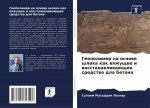
Geopolimer na osnowe shlaka kak wqzhuschee i wosstanawliwaüschee sredstwo dlq betona
124.88 zł -4 % -

Geophysical Surveying and Remote Sensing Based on Drone Aircrafts
235.21 zł -4 % -
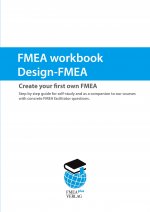
FMEA workbook Design-FMEA
167.85 zł -5 % -
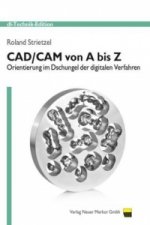
CAD/CAM von A bis Z
51.69 zł -
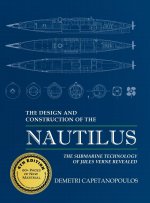
The Design and Construction of the Nautilus
151.58 zł -

Connected, Intelligent, Automated
296.35 zł -

Nanotechnology in Agriculture
733.97 zł -
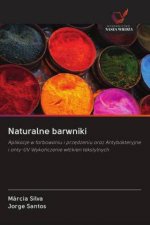
Naturalne barwniki
208.51 zł -5 % -
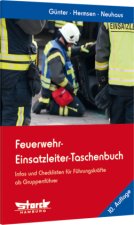
Feuerwehr-Einsatzleiter-Taschenbuch
127.99 zł -

New Methodologies for Understanding Radar Data
748.32 zł -

Handbook for Designing Cement Plants
1005.63 zł -

The Keyboard Stringing Guide
137.23 zł
zadowolonych klientów
Od roku 2008 obsłużyliśmy wielu miłośników książek, ale dla nas każdy był tym wyjątkowym.
Copyright! ©2008-24 libristo.pl Wszelkie prawa zastrzeżonePrywatnieCookies



 21 milionów książek
21 milionów książek Dostawa 10.99 zł
Dostawa 10.99 zł (32) 444 93 66 (8-15.30h)
(32) 444 93 66 (8-15.30h)